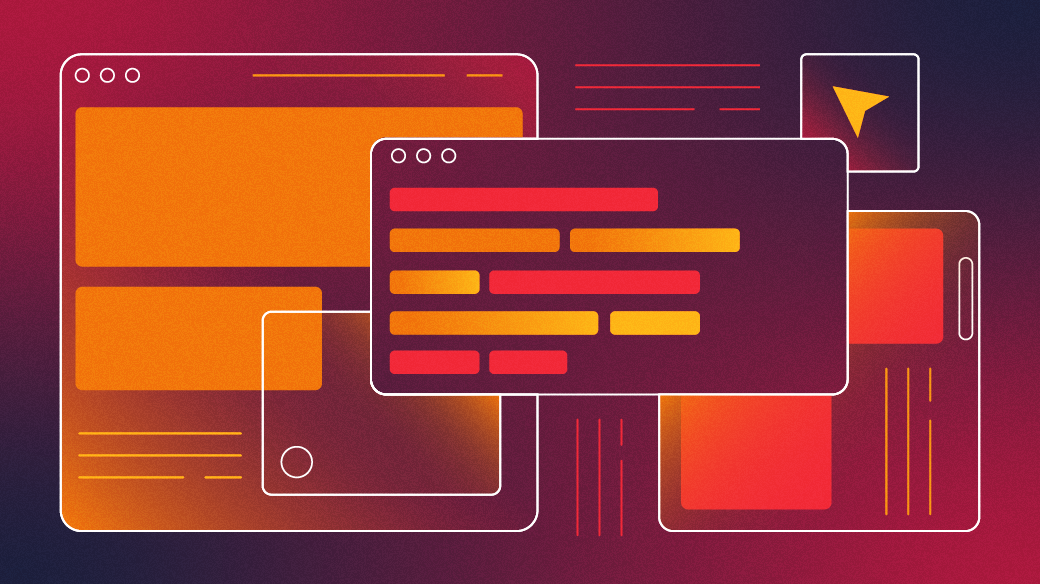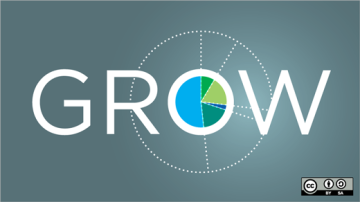There are a lot of backend frameworks that are open source and easily available, but not all of them offer great features. Backend frameworks are an essential part of website development, as they work as the nuts and bolts of a website. Basically, they handle everything behind the scenes of a website.
Backend frameworks have extensive libraries, APIs, web servers, and a lot more. They are responsible for the database, ensuring it makes proper communication with the front end and generates backend functionality.
As promised, what follows is a rundown of my top 6 backend frameworks.
1. Ruby on Rails
Ruby on Rails is a server-side framework written in Ruby language. It supports the utilization of configuration, such as MVC and DRY. Ruby is object-arranged, encourages the structure of lightweight application and lifts the adaptability. It supports faultless collaboration with outsider applications by enabling exceptional traits.
Features of Ruby on Rails
- It is a database-backed web application according to the Model-View-Controller (MVC) pattern.
- It saves time and effort as less code is created to achieve the same results. It builds applications 30–40% faster.
- Don’t Repeat Yourself (DRY)—The code reduces the repetition of information within a system and facilitates modification while minimizing the errors.
- The code is scalable.
- Ruby on Rails also means following the Secure Development Lifecycle.
Companies that have used Ruby on Rails
- Airbnb
- GitHub
- Zendesk
- Shopify
- Basecamp
- SoundCloud
- Hulu
- Cookpad
- Square
Ruby on Rails Models
- Active Record
- Active Record Migration
- Active Record Validation
- Active Record Callbacks
- Active Record Association
- Active Record Query Interface
2. Cake PHP
Cake PHP is a rapid development framework, which is a foundational structure of a web application. It enables us to work in a structured and quicker manner without any loss of agility. It provides you the tool to logically code the application.
Features of Cake PHP
- It generates code and allows you to build a prototype quickly.
- It is licensed under MIT and is capable of developing commercial applications.
- It has in-built tools for:
- Translations
- Input-validation
- XSS protection
- CSRF protection
- SQL injection
- Database access
- Caching
- Form tampering protection
Cake PHP Database Configuration
public $default = array(
’datasource’ => ‘Database/Mysql’,
’persistent’ => false,
’host’ => ‘localhost’,
’port’ => ‘’,
’login’ => ‘cakeBlog’,
’password’ => ‘c4k3-rUl3Z’,
’database’ => ‘cake_blog_tutorial’,
’schema’ => ‘’,
’prefix’ => ‘’,
’encoding’ => 'utf8’
);Cake PHP offers high-level security with additional features like SQL injection prevention, cross-site scripting, validation, fast builts, and cross-site request forgery protection.
3. Spring Web MVC
Spring Web Model-View-Controller (MVC) framework is built on the Servlet API and has been included in the Spring Framework. The Spring Framework 5.0 has been introduced as a reactive-stack web framework by the name of "Spring WebFlux." It is also based on its source module (spring-webflux).
Features of Spring Web MVC
- DispatcherServlet—The DispatchServlet helps in clearly separating the roles, such as controller, validator, command object, model object, and more.
- Configuration Capabilities—Spring Web MVC has powerful and straightforward configuration that helps in referencing across context.
- Filters—the browser can submit requests from data through HTTP GET or even HTTP POST, and the non-browser can make use of HTTP PUT, PATCH, and DELETE. The entire Servlet API consists of ServletRequest.getParameter*() to support the field access only by the HTTP POST.
- Testing—The spring-test has Servlet API mocks, TestContext Framework, Spring MVC Test, Client-side REST, and WebTestClient.
4. ASP.NET
ASP.NET framework is an open source project that runs on Linux, Windows, and macOS. It uses Windows Forms, WPF, and UWP to build Windows applications. With the .NET framework, you don't need to migrate an existing application, like writing a new web service in ASP.NET Core.
Additionally, .NET framework can help in:
- Using .NET libraries or NuGet packages—With the .NET standards, you can implement code across all .NET implementations, such as NET Core. With .NET Standard 2.0., its compatibility code allows .NET Standard/.NET Core projects to call .NET Framework libraries.
- .NET Framework enables to use technologies not available for .NET Core—Features like ASP.NET Web Forms, ASP.NET Web Pages, WCF services implementation, Workflow-related services (Windows Workflow Foundation (WF), Workflow Services (WCF + WF in a single service and WCF Data Services), and Language support, which is unavailable for .NET Core, can easily be leveraged by .NET core.
Features of .NET Framework
- Cross-platform functionality; it runs on macOS, Linux, and Windows.
- Improved performance
- Side-by-side versioning
- New APIs
- Open source
5. Django
Django is considered the framework for perfectionists with tight deadlines, as it helps quickly build web applications with less code. Django is a high-end Python framework that aids in rapid development and developing clean and intuitive design. The efficiency of this framework is proven by the fact that it is used by some of the busiest applications on the web, such as Mozilla, National Geographic, and Pinterest.
Features of Django
- Django helps in creating rich, dynamic database-access APIs.
class Fruits(models.Model):
name = models.CharField(max_length=200)
can_rock = models.BooleanField(default=True)
class Apples(models.Model):
name = models.CharField(“Type of Apple”, max_length=200)
instrument = models.CharField(choices=(
(‘a’, “apple”),
(‘g’, “green apple”),
(****‘c’, “Cameo Apple”),
),
max_length=1
)
band = models.ForeignKey(“Fruits”)- Authentication—Django handles user accounts, groups, permissions, and cookie-based user sessions. It comes with a full-featured and secure authentication system.
from django.contrib.auth.decorators import login_required
from django.shortcuts import render
@login_required
def my_protected_view(request):
return render(request, ‘protected.html’, {‘current_user’: request.user})- Security—Django helps developers avoid many common security mistakes. It provides multiple protections against:
- Clickjacking
- Cross-site scripting
- Cross Site Request Forgery (CSRF)
- SQL injection
- Remote code execution
6. Laravel
Laravel is a Model-View-Controller framework that uses PHP, the most popular language for website creation. Laravel has an extensive and excellent API with robust features. It provides tools to help build websites and web apps faster, and makes them more stable and easy to maintain.
Features of Laravel
- Makes implementing authentication very simple with an App/Providers/AuthServiceProvider class using the Gate facade.
/**
* Register any authentication / authorization services.
*/
public function boot()
{
$this->registerPolicies();
Gate::define(‘edit-settings’, function ($user) {
return $user->isAdmin;
});
Gate::define(‘update-post’, function ($user, $post) {
return $user->id == $post->user_id;
});
}Source: Laravel
- Makes Web Applications Faster—Laravel is configured to use the file cache driver, which stores cached objects in the file system. The cache configuration is located at config/cache.php. It uses an in-memory cache such as Memcached or APC.
- Handling Security Vulnerabilities—Laravel secures the web application by protecting it against the most serious security risks. The code itself is very secure and hence deals with cross-site request forgery, SQL injection, and cross-site scripting.
Aftertaste
Backend frameworks provide complete agility and flexibility to handle the load created via a volley of requests and responses. They work as a catalyst for developers and help them out of their silos. The above listed are some of the best backend frameworks that are being used by the custom web developers that help them create some of the best applications in a very short span of time.










8 Comments